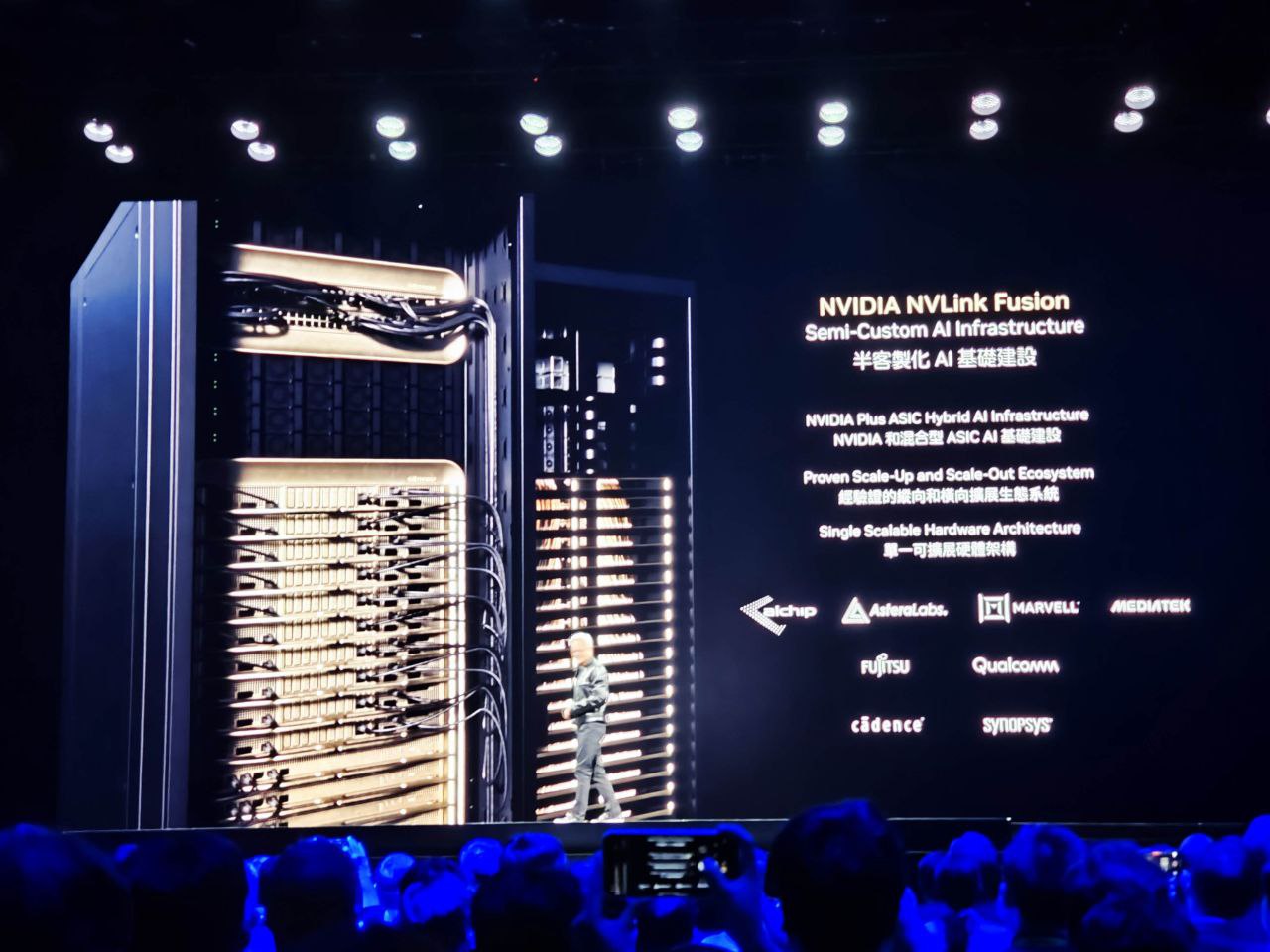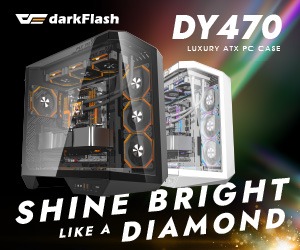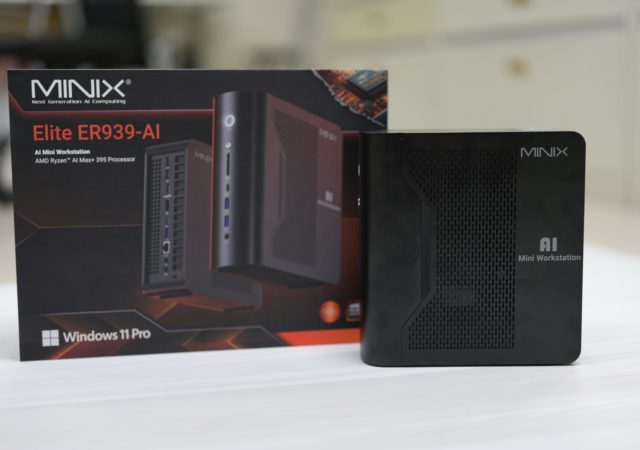At COMPUTEX 2025, NVIDIA unveiled NVLink Fusion, a significant advancement in AI infrastructure that opens its high-speed NVLink interconnect technology to third-party silicon providers. This strategic move allows for the creation of semi-custom AI systems, enabling external CPUs, AI accelerators, and domain-specific chips to interoperate directly with NVIDIA’s GPU and networking platforms.
Addressing the Challenge of Heterogeneous AI Systems
Modern data centers are increasingly heterogeneous, incorporating a mix of custom silicon to handle diverse AI workloads such as large language models, vision inference, and simulations. Historically, integrating these accelerators with NVIDIA GPUs posed challenges due to limitations in interconnect standards and architectural cohesion. NVLink Fusion addresses this by facilitating seamless integration of third-party components into NVIDIA’s ecosystem.
Understanding NVLink Fusion
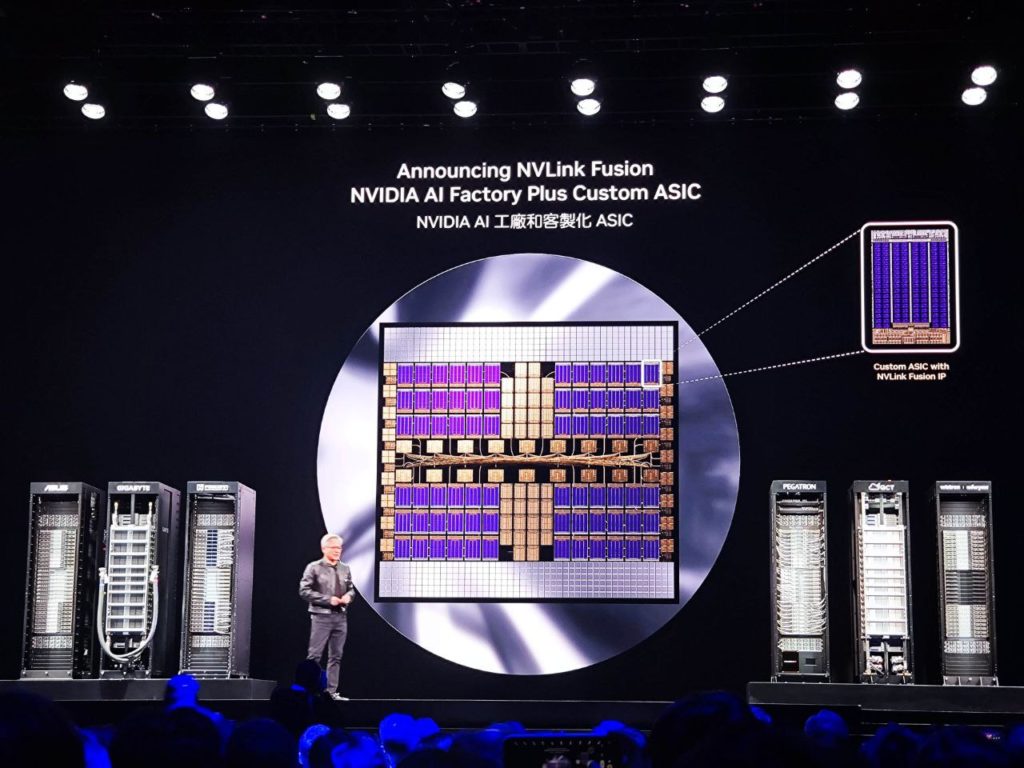
NVLink Fusion comprises a suite of technologies and partnerships that enable third-party chipmakers to integrate with NVIDIA’s NVLink architecture. Key components include:
-
NVLink Chiplets: Modular physical IP that can be embedded into external silicon, functioning as a switch to interface with NVIDIA’s GPUs or NVLink Switches.
-
Licensable IP Blocks: Providing access to NVLink protocols and electrical interfaces for implementation in new ASICs or CPUs.
-
System-Level Architecture: Reference designs ensuring full-stack integration with NVIDIA’s Spectrum-X networking, Blackwell GPUs, and the CUDA/NCCL software ecosystem.
This approach enables system designers to build customized AI systems that benefit from NVIDIA’s NVLink bandwidth, GPU memory sharing, and software stack compatibility.
Ecosystem Collaboration
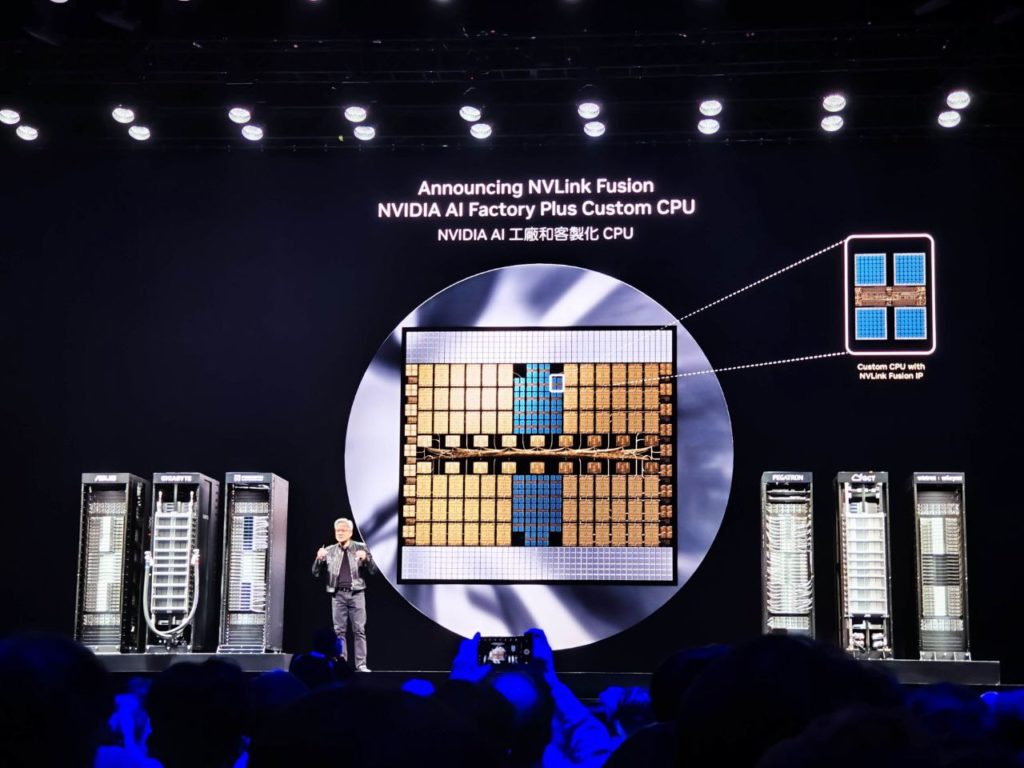
NVIDIA’s initiative has garnered support from several industry leaders:
-
Qualcomm and Fujitsu: Integrating their CPUs into NVLink-compatible systems.
-
MediaTek, Marvell, and Alchip Technologies: Exploring NVLink-connected ASICs.
-
Synopsys and Cadence: Providing design tooling and IP availability to facilitate broader industry adoption.
-
Astera Labs: Contributing to interconnect and memory infrastructure.
These collaborations ensure that NVLink Fusion is not merely a concept but a practical platform for building specialized AI infrastructures.
Strategic Implications
NVLink Fusion signifies a fundamental shift in NVIDIA’s approach:
-
From Closed Systems to Modular Platforms: Allowing others to build their own compute elements that integrate seamlessly with NVIDIA’s ecosystem.
-
From Monolithic Design to Composable Architecture: Enabling workloads to dictate compute architecture, enhancing flexibility and efficiency.
-
From Silicon Vendor to Infrastructure Enabler: Positioning NVIDIA as a facilitator for the development of next-generation AI systems centered around its interconnect fabric.
For hyperscalers and system integrators, NVLink Fusion offers new opportunities to differentiate their stacks while leveraging the performance and tooling advantages of NVIDIA’s platform.
Conclusion
NVIDIA’s introduction of NVLink Fusion at COMPUTEX 2025 marks a pivotal moment in AI infrastructure development. By opening its interconnect technology to third-party providers, NVIDIA fosters a more inclusive and flexible ecosystem, paving the way for innovative, semi-custom AI solutions that meet the evolving demands of diverse workloads.


